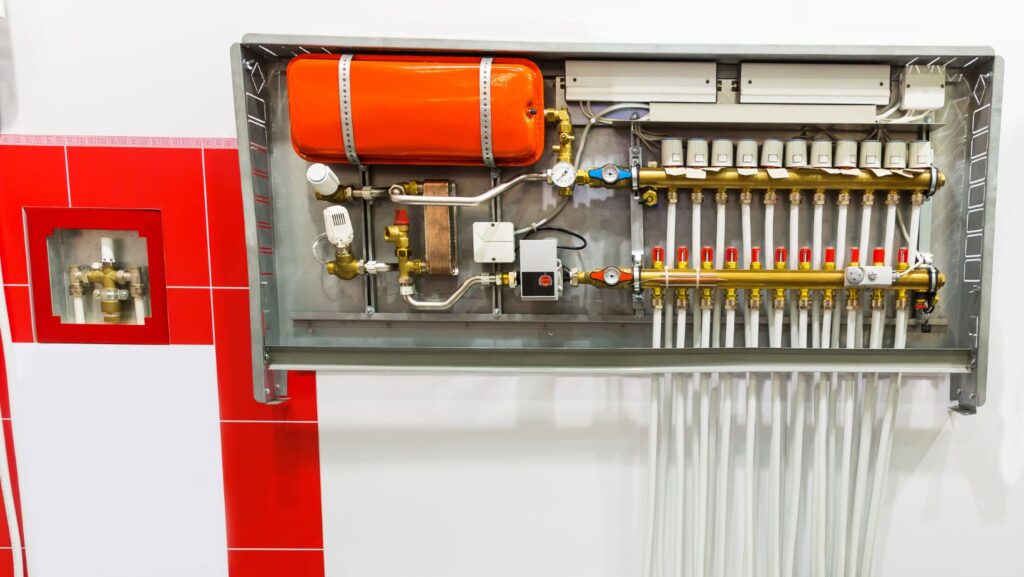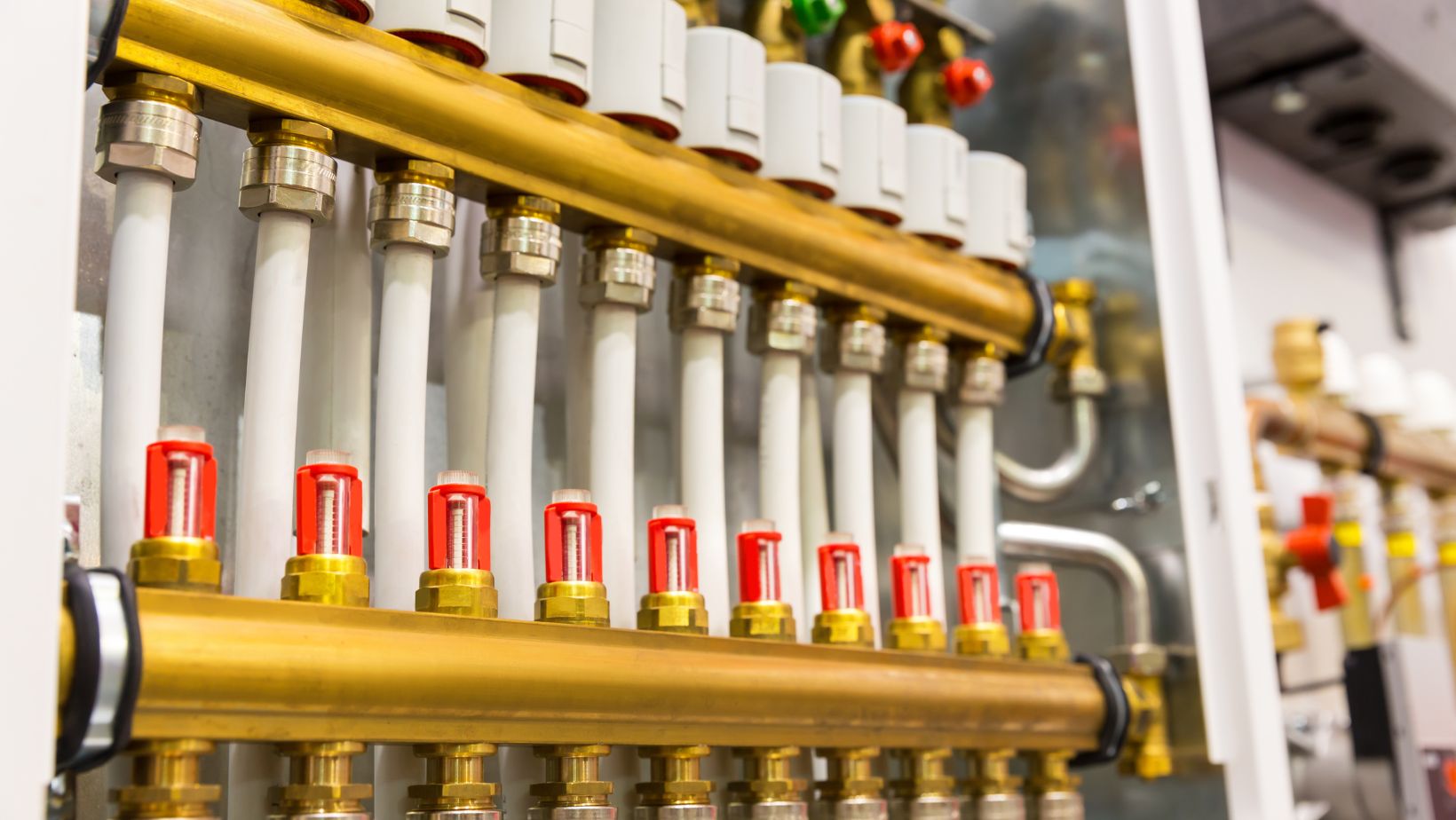
Connecting a 120V heating cable to a 240V circuit is an important topic that often raises questions and concerns. Many people wonder if it’s possible or safe to connect a lower-voltage heating cable to a higher-voltage circuit. The short answer is no, it’s not advisable to do so.
When it comes to electrical circuits, voltage compatibility is crucial. A heating cable designed for 120V operation should never be connected directly to a 240V circuit. Doing so can result in serious damage to the cable and pose a significant safety risk. The mismatched voltages can cause excessive heat buildup, leading to overheating, melting of insulation, or even fires.
It’s important to always follow the manufacturer’s guidelines and instructions when installing any electrical equipment. If you need a higher voltage heating solution, it’s recommended to purchase a compatible heating cable specifically designed for use with your desired voltage. Ensuring that your heating system is properly installed and matches the electrical requirements will provide optimal performance and maintain safety standards.
Connecting a 120V Heating Cable to a 240V Circuit Will?
Understanding the Purpose of a 120V Heating Cable
A 120V heating cable is an electrical device designed to provide heat and warmth in various applications. It consists of a length of resistive wire that generates heat when an electric current passes through it. These cables are commonly used for floor heating systems, ice and snow melting, pipe freeze protection, and other temperature control purposes.
The primary purpose of a 120V heating cable is to ensure optimal comfort and prevent damage caused by freezing temperatures or icy conditions. For example, in-floor heating systems, these cables are installed beneath the flooring material to radiate gentle heat from below, creating cozy and warm living spaces even during cold winter months.
Key Features of a 120V Heating Cable
- Voltage: As the name suggests, a 120V heating cable operates on a standard household voltage level. This makes it compatible with most residential electrical circuits.
- Flexibility: These cables are often flexible and easy to install, allowing for versatile application in different areas such as bathrooms, kitchens, basements, or outdoor spaces.
- Temperature Regulation: Many 120V heating cables come equipped with built-in thermostats or temperature sensors that regulate the amount of heat produced. This ensures energy efficiency and prevents overheating.
- Durability: High-quality materials used in manufacturing these cables make them resistant to wear and tear over time. They can withstand exposure to harsh environments without compromising their performance.
Understanding the Difference Between 120V and 240V Circuits
How to Safely Connect a 120V Heating Cable to a 240V Circuit
When it comes to electrical circuits, understanding the Difference between 120V and 240V is crucial for safely connecting heating cables. The voltage of a circuit determines how much electrical power it can deliver. In North America, residential homes typically have two main types of circuits: 120V and 240V.
A 120V circuit operates at a lower voltage and is commonly used for lighting fixtures, small appliances, and electronics. On the other hand, a 240V circuit is designed to handle larger loads, such as electric ranges, dryers, and heating systems.
If you find yourself needing to connect a 120V heating cable to a 240V circuit, there are important considerations to keep in mind. It’s essential to consult with an experienced electrician or follow the manufacturer’s instructions carefully. They will be able to provide guidance on whether it is safe and feasible to make this type of connection.
The Risks of Connecting a 120V Heating Cable to a 240V Circuit
Connecting a device designed for a lower voltage (such as a typical 120V heating cable) directly to a higher voltage (a standard residential outlet providing up to about 240 volts) can pose significant risks. This type of mismatched connection can result in overheating, damage to equipment or wiring, electrical arcing, fire hazards, or even personal injury.
Misusing equipment by connecting it improperly may also void warranties or insurance coverage if any damages occur as a result. Therefore, it’s vital not only for safety reasons but also for legal considerations that you connect devices according to their specified voltage requirements.
In conclusion, when considering connecting a 120V heating cable to a 240V circuit, it’s essential to prioritize safety and adhere to manufacturer specifications. By understanding voltage differences, matching requirements, and exploring alternative options if necessary, you can safely install heating cables without compromising performance or risking hazards.













